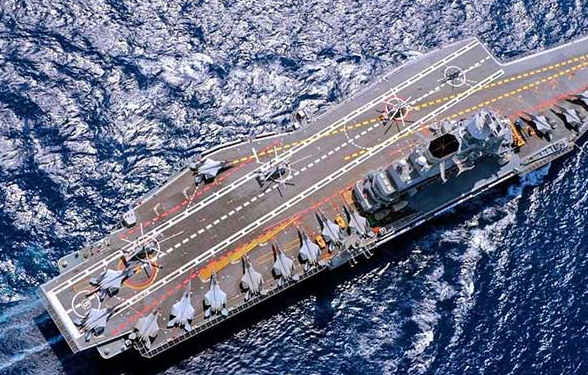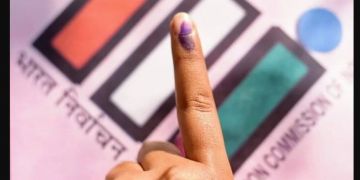New Delhi: Ways to expand bilateral maritime security cooperation in sync with fast-expanding India-US strategic partnership figured prominently during Navy Chief Admiral R Hari Kumar’s four-day visit to the US, officials said Sunday.
The Chief of Naval Staff visited the US from September 19 to 22 primarily to attend the 25th International Seapower Symposium (ISS).
“The visit of the Navy Chief to the US provided a significant opportunity for apex level navy-to-navy engagements for deepening bilateral cooperation as well as engaging with diverse partners across the Indo-Pacific,” Indian Navy spokesperson Commander Vivek Madhwal said.
The ISS is hosted by the US Navy at US Naval War College, Newport, Rhode Island, to enhance its cooperation among like-minded navies to work towards the shared vision of an open and rules-based Indo-Pacific.
On the sidelines of the ISS, Admiral Kumar also held bilateral meetings with his counterparts from various countries, including the US, Australia, Egypt, Fiji, Israel, Italy Japan, Kenya, Peru, Saudi Arabia, Singapore and the UK.
“The extensive engagements during the visit are a demonstration of the Indian Navy’s steadfastness towards realising the vision for a free, open and inclusive Indo-Pacific,” Madhwal said.
During the visit, extensive deliberations were also held towards exploring greater operational engagements between the Indian and the US navies at bilateral and multilateral exercises such as the Malabar, Sea Dragon, RIMPAC and Tiger Triumph.
The Rim of the Pacific Exercise (RIMPAC) is considered one of the largest international maritime warfare exercises. It is hosted by the US Navy’s Indo-Pacific Command.
At the ISS, Admiral Kumar spoke extensively about the challenges of human resource management, with specific reference to recruitment and retention of trained personnel and India’s initiatives towards addressing these through the Agnipath scheme, empowering women and driving the Indian Navy into a gender-neutral force, according to Madhwal.
The Indo-US defence ties have been on an upswing in the last few years.
In June 2016, the US designated India a “Major Defence Partner” paving the way for sharing of critical military equipment and technology.
The two countries have also inked key defence and security pacts over the past few years, including the Logistics Exchange Memorandum of Agreement (LEMOA) in 2016 that allows their militaries to use each other’s bases for repair and replenishment of supplies.
The two sides also signed COMCASA (Communications Compatibility and Security Agreement) in 2018 which provides for interoperability between the two militaries and provides for the sale of high-end technology from the US to India.
PTI






































